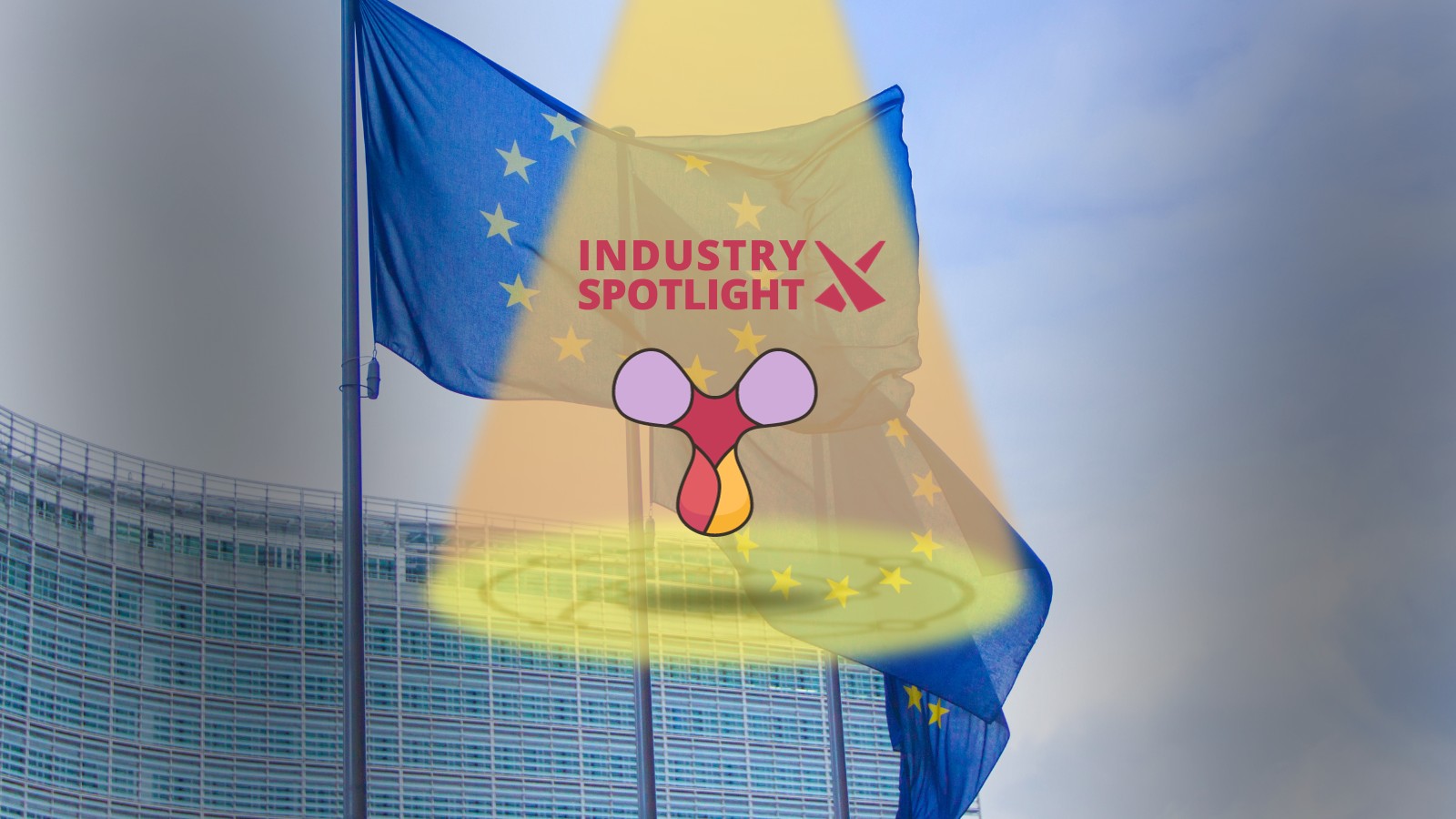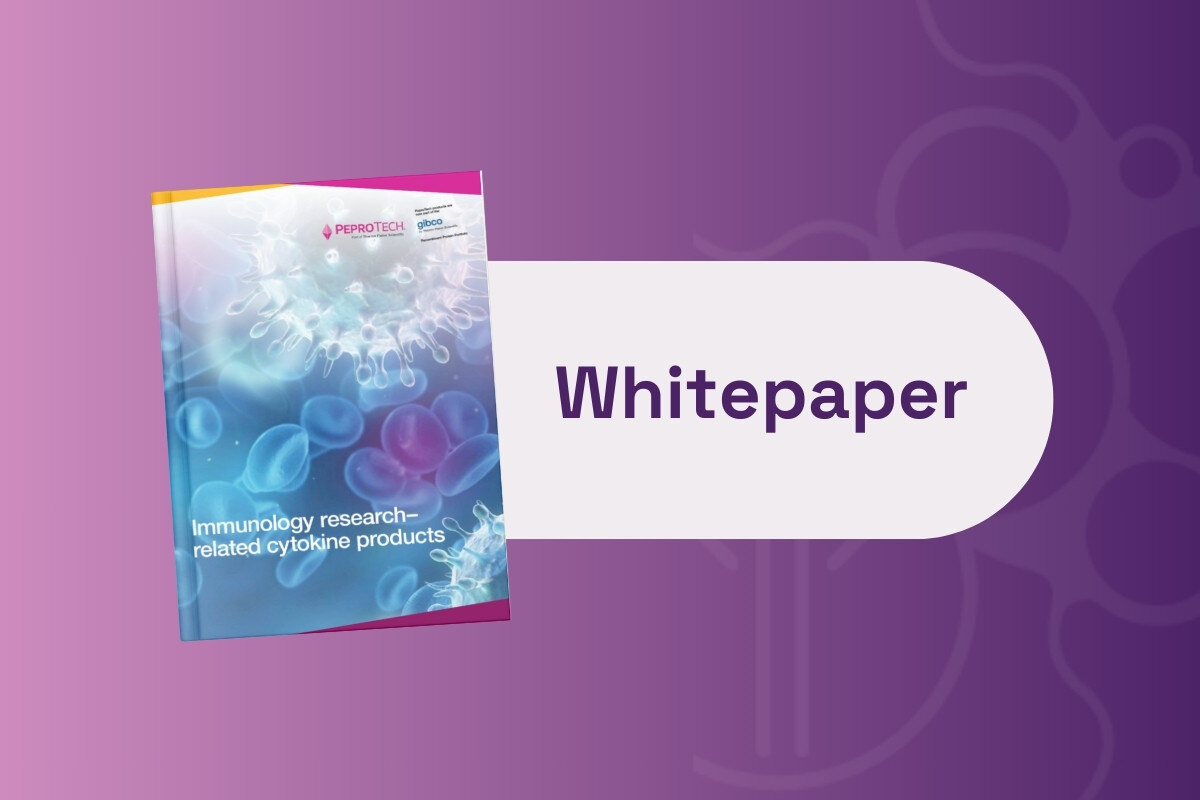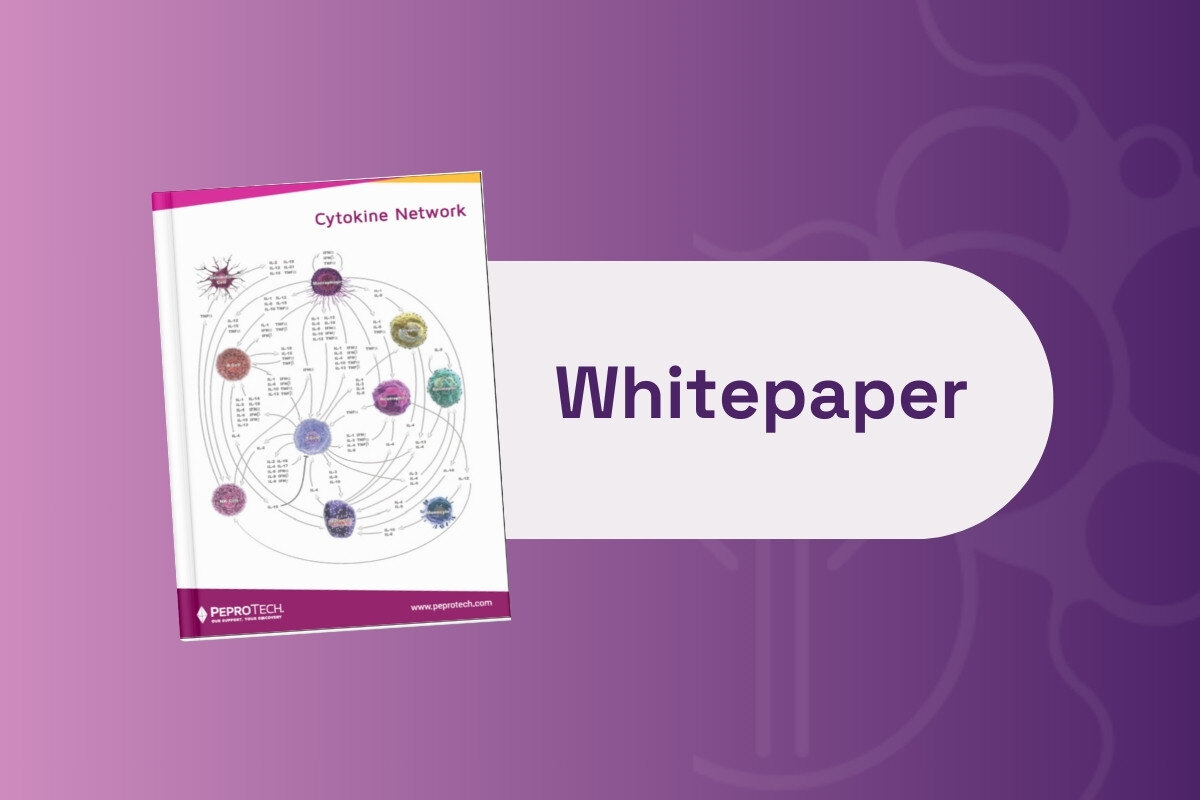T Cell Atlas of Tumour Microenvironment Identifies Previously Unknown Cell State

A team of researchers from the University of Texas, MD Anderson Cancer Center have published a study in Nature Medicine which sheds light on the complex and heterogeneous role of T cells in the tumour microenvironment. The atlas includes the novel identification of a T cell stress response state (TSTR) which could open a path toward improving the efficacy of immunotherapies.
The study presents a pan-cancer T cell atlas which compiles the datasets of 27 single-cell RNA sequences, nine of which were uniquely identified by MD Anderson. 308,048 transcriptomes across 16 different cancer types were included in the analysis.
The data was collected to outline a detailed map of the phenotypic states of T cells in the tumour microenvironment, noting the proportion of those phenotypic states represented in the data.The team hopes that the atlas will prove to be an invaluable tool for determining new biomarkers and the safety and efficacy of new immunotherapies.
RELATED:
- Tackling Solid Tumours in Immuno-Oncology
- A ‘New Age’ of Biomarker Technology? Understanding Identification & Validation of IO Biomarkers
- Improving Patient Response Through Effective Biomarker Development
Linghua Wang, an Associate Professor of Genomic Medicine at MD Anderson and corresponding author of the paper, said:
“This kind of large dataset and comprehensive pan-cancer analysis provides the opportunity to see things that aren't visible when studying a single type of cancer or even a handful of cancer types.”
She continued: “We hope these high-resolution maps, including the thoroughly characterized T cell states, are valuable resources for facilitating future T cell studies and biomarker discovery."
The team’s new discovery of the TSTR cell state is a unique differentiation path for T cells. This subtype was previously thought to be the result of tissue dissociation artifacts, but they have now been identified as their own distinct group, separate from other T cell subtypes.
"The fact that these TSTR cells are found in many different types of tumours opens up a whole new world of possibilities that could have high translational potential,” said Wang
TSTR cells are less effective cancer killers than regular T cells and characterised by high heat shock gene expression. What makes them an exciting discovery is the fact that they a higher proportion of T cells in patients that have had, and not responded to immune checkpoint inhibitors present this stressed cell state. This means that they could be correlated with patients that develop a resistance to immunotherapies
“Investigating the mechanistic causes of stress response in T cells, understanding how these stressed T cells are induced in the tumour microenvironment, and learning how to stop or reverse this TSTR state could catalyse the development of more effective therapeutic strategies that may bring the benefit of immunotherapy to more cancer patients," Wang added.
The findings underscore the diversity of T cells in the tumour microenvironment and has kicked off intrigue into how these states affect cancer progression and treatment.
See the upcoming events in Oxford Global’s Immuno series here.
Get your weekly dose of industry news?here?and keep up to date with the latest?‘Industry Spotlight’ posts.?For other Immuno content, please visit the?Immuno Content Portal.







